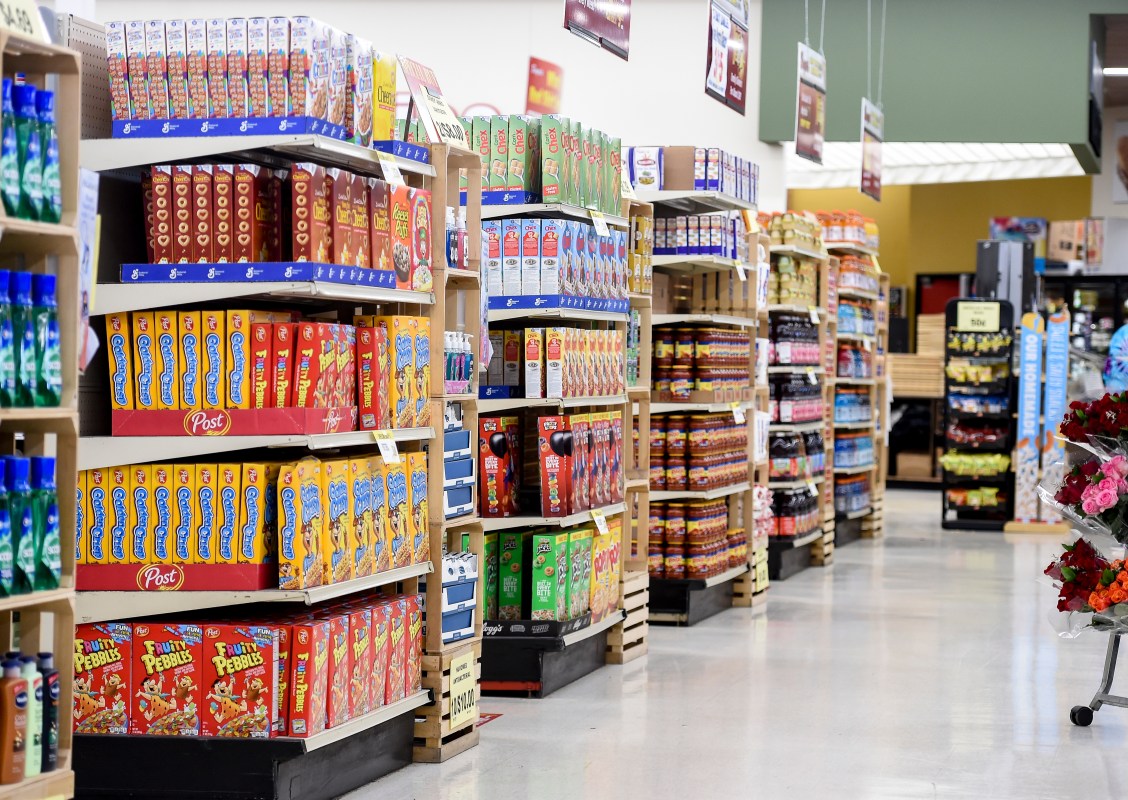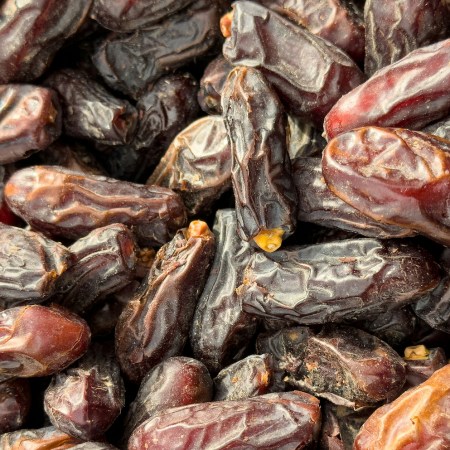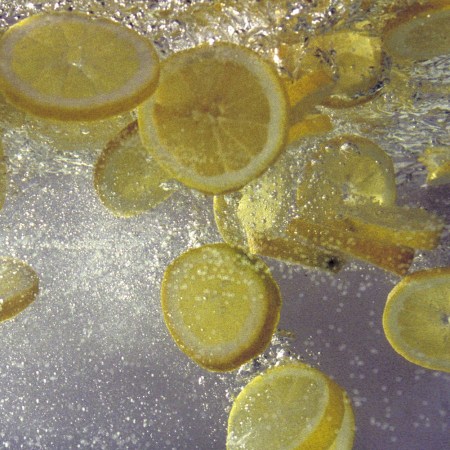We all watched enough documentaries in the early aughts to have an idea of how deficient the average American diet is. But once in a while, the more outlandish facts bear repeating. Consider:
- At least 33% of Americans eat some type of fast food each day
- Americans consume over 30% more packaged food than fresh food
- On a dietary quality index, the Standard American Diet rates as 11/100
- 96% of Americans don’t eat enough greens or beans and 99% don’t eat enough whole grains
It’s all pretty bad, and for too many adults around the country, reversing unhealthy eating habits can feel next to impossible. In one consumer report, Americans rated doing their own taxes as less daunting than figuring out how to eat healthy food with any regularity. And then there’s the fact that for decades, “healthy” was a highly subjective term, ostensibly a marketing team’s Swiss Army knife, which could be slapped onto packaging to sell products that were stuffed to the gills with unpronounceable ingredients.
Some good news? The feds have apparently seen enough. In a bid to hold brands accountable, and ease the burden for credulous and confused customers, the Federal Food and Drug Administration announced updated criteria for what sort of foods can actually make a “healthy” claim in their labeling. Per an official FDA press release, products will need to:
- “Contain a certain meaningful amount of food from at least one of the food groups or subgroups (e.g., fruit, vegetable, dairy, etc.) recommended by the Dietary Guidelines.”
- “Adhere to specific limits for certain nutrients, such as saturated fat, sodium and added sugars. The threshold for the limits is based on a percent of the Daily Value (DV) for the nutrient and varies depending on the food and food group. The limit for sodium is 10% of the DV per serving (230 milligrams per serving).”
Clearly, that’s a lot of administration-specific mumbo jumbo, and it’s unlikely that most Americans are familiar with whatever milligram guidelines the FDA determined at a conference years ago. That’s fine — the FDA is aware of that, and wants to approve a “healthy symbol,” which manufacturers will be able to print on the front of packaging. It’s a good idea; grocery store shopping is a harried experience, which has always made it difficult to waltz around and read about sodium intake percentages. Codifying a recognizable logo would streamline the process and help Americans make good decisions while on the move.
None of this is set in stone yet — it was presented this week at the White House Conference on Hunger, Nutrition, and Health — but the powers that be are saying the right things. The FDA Commissioner said: “Today’s action is an important step toward accomplishing a number of nutrition-related priorities, which include empowering consumers with information to choose healthier diets and establishing healthy eating habits early. It can also result in a healthier food supply.”
Some added benefits of this proposal — an expanded supply of foods would be empowered to use “healthy” (and one would presume, this fancy logo) in their branding. Stuff like nuts, seeds, salmon, olive oils and even water. And the measure should also prove useful beyond one’s weekly shopping. Think about travel days with pitstops in airports, gas stations or convenience stores. How much of the crap on those shelves is actually healthy? Well, now you’ll know.
The Charge will help you move better, think clearer and stay in the game longer. Subscribe to our wellness newsletter today.



















